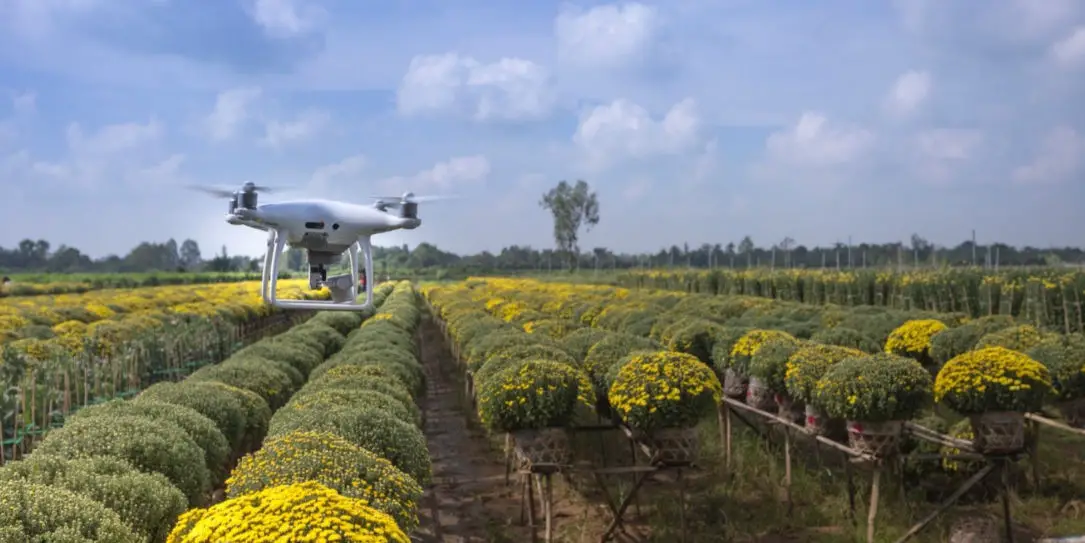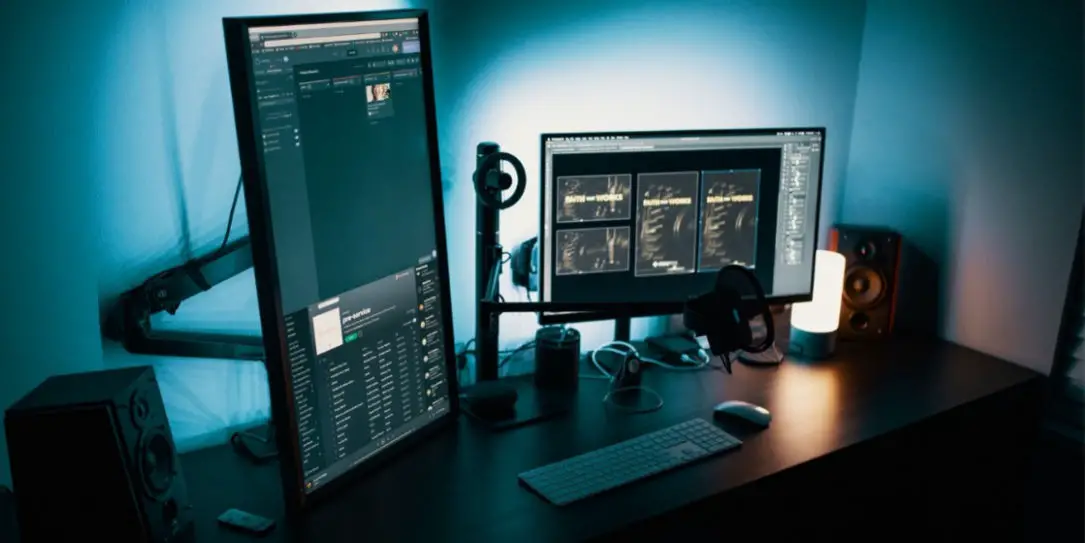Almost a year back, a deadly virus made its way into our day-to-day lives and affected almost every aspect. Homes became offices, roads went silent, shops became redundant, and zoom took over the world. While every human adjusted to the new normal, the internet bloomed in this adversity like it was made for situations like these. And we are ever grateful for it since we were able to stay connected with all our loved ones while following the social distancing norms in a post-COVID world.
Among all this, consumer behavior changed by leaps and bounds, and businesses were forced to innovate to survive the brutal blow of the COVID-19 pandemic. Technologies like IoT, AI, Machine learning, cloud, analytics, etc., became the savior for businesses helping them keep abreast with the updated information and trends to craft their offerings accordingly. In this article, we will explore the role of IoT in helping businesses adapt to pandemic-related disruptions and how it’s helping them get ready for a post-pandemic world.
Now, let’s see how it’s helping businesses and industries cope with these unprecedented changes in a post-COVID world.
Proximity monitoring solutions
Even though work from home is going to be the new normal across the globe, some industries and specific subsets of teams require team members’ physical presence. To ensure your team’s safety, a healthy working environment, and business continuity, IoT-enabled apps using Bluetooth will alarm your team members if they are in proximity with other team members or are entering restricted areas. Not only that, there can be a central monitoring system as well for the same.
Even though we have vaccines, the world is changed permanently. And scientists are expecting 2nd and 3rd waves of COVID-19. It’s better to be prepared than to be sorry.
This technology can be used in construction sites, factories, warehouses, hospitals, nursing homes, and the likes.
Temperature sensors to feed real-time readings to the managers
The food and beverage industry has been affected the most. There’s no dine-in revenue for them as they were made to switch entirely to delivering food and takeouts with lesser staff and maybe a shorter and limited menu. Moreover, storage has always been a big problem for this industry, amplified by the pandemic. With fewer staff than before, it becomes a costly affair to monitor coolers and freezers’ temperature manually so that food is stored at the right temperature. This process can be entirely automated with IoT sensors that can feed such information to the managers for their prompt responses to equipment malfunctioning.
IoT sensors and analytics for smart farming

Agriculture is another industry that’s gone haywire because of the inconsistent demand and supply. Technology can provide some data-backed, and hopefully, realistic solutions to agriculture’s problems in times of uncertainties.
IoT sensors in the fields can feed information about the topography, soil condition, real-time temperature, and more directly to farmers via an app. And with analytics integrated, farmers can plan to fight any adverse weather or even make decisions regarding the crops that need to be farmed for the next season. Overall, farming practices can be optimized for maximum output using IoT.
Another application of IoT in farming can enable predictive maintenance of the machinery used in farming. Since the old machines cause environmental problems directly or indirectly, it is better to equip them with IoT-enabled sensors with predictive maintenance technology that’ll prompt timely maintenance notifications prolonging the lives of farming machinery.
Better supply chain management with IoT

This one is among the most common applications of IoT but the most important one. With the rising trend of shopping online to maintain the new norms, the supply chain of eCommerce businesses need to be smooth as a feather. Any friction can cost them customers, sales, and revenue. IoT sensors placed in the warehouses feeding information of the inventory to a central app will help managers make better purchasing as well as order fulfilment decisions. This directly impacts the bottom lines of the businesses, positively.
Such sensors can also be placed on supermarkets’ shelves that’ll prompt the managers to replete the shelves. This data, when accumulated, can be used to study consumer buying habits and patterns. Not only that, but these smart-shelves can also track possible thefts without adding to the overheads with security services and surveillance equipment.
Data centres are going to play a bigger part
With businesses collecting humongous data, data centres are going to play a major role in the proper functioning of your business. The teams are going global and the rules are changing, which means the reliability of any business will be directly proportional to the reliability of their data centres. For that, monitoring and detecting temperature and moisture problems pre-emptively becomes crucial. Now, instead of appointing multiple people to monitor temperature, humidity, and dew point, placing sensors near the key equipment in the data centres that feed the accurate and real-time information of the surrounding temperature, humidity, and more to the managers would save you resources as well as money. Companies are also opting for dedicated data storage facilities like the ones provided by TRG datacentres. The facility is gaining traction as a preferred choice as it ensures data security in case of equipment failure or simple human error.
Similarly, several technology firms offer last-mile data centre solutions. With data centres becoming more local, you can find one near your company location that’ll enable you to visit there in case of any emergencies.
Bottomline
Globally about 84% of the adopters consider integrating IoT within their team members’ ecosystems a top priority as it has helped update and upgrade with the changing times. Moreover, 87% of businesses have agreed that IoT has a better return on investment and has helped them change their core strategies for the better. Considering the pace at which the world is changing, IoT becomes a necessity rather than a luxury.
What are your thoughts about IoT in a post-COVID world? What sort of post-COVID world would you like to see? Let us know what you think on our MeWe page by joining the MeWe social network.










